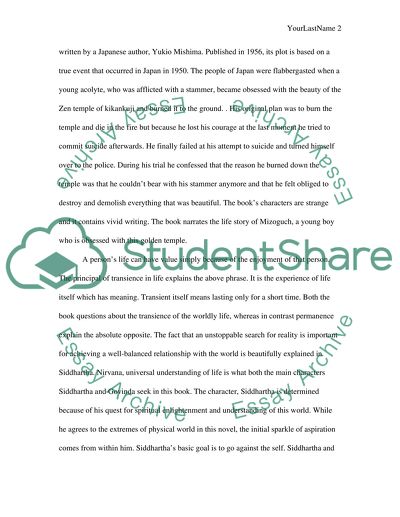Cite this document
(“The principles of transience and permanence in both Siddhartha and Essay”, n.d.)
Retrieved from https://studentshare.org/literature/1579253-the-principles-of-transience-and-permanence-in-both-siddhartha-and-mizoguchi-that-impacted-their-religious-journey-to-self-actualization
Retrieved from https://studentshare.org/literature/1579253-the-principles-of-transience-and-permanence-in-both-siddhartha-and-mizoguchi-that-impacted-their-religious-journey-to-self-actualization
(The Principles of Transience and Permanence in Both Siddhartha and Essay)
https://studentshare.org/literature/1579253-the-principles-of-transience-and-permanence-in-both-siddhartha-and-mizoguchi-that-impacted-their-religious-journey-to-self-actualization.
https://studentshare.org/literature/1579253-the-principles-of-transience-and-permanence-in-both-siddhartha-and-mizoguchi-that-impacted-their-religious-journey-to-self-actualization.
“The Principles of Transience and Permanence in Both Siddhartha and Essay”, n.d. https://studentshare.org/literature/1579253-the-principles-of-transience-and-permanence-in-both-siddhartha-and-mizoguchi-that-impacted-their-religious-journey-to-self-actualization.


